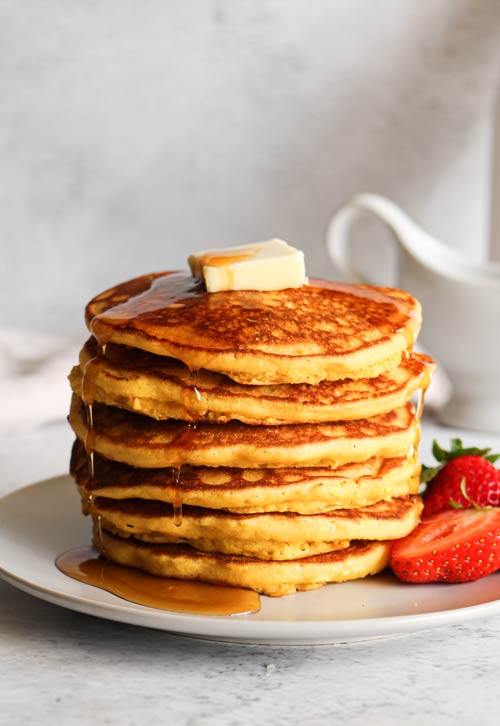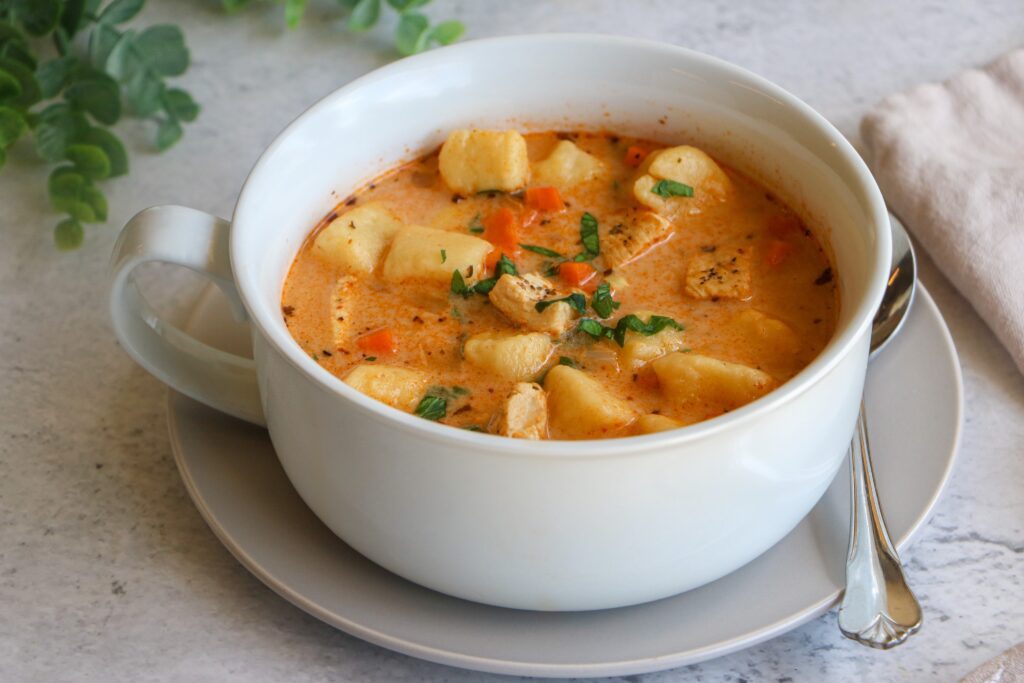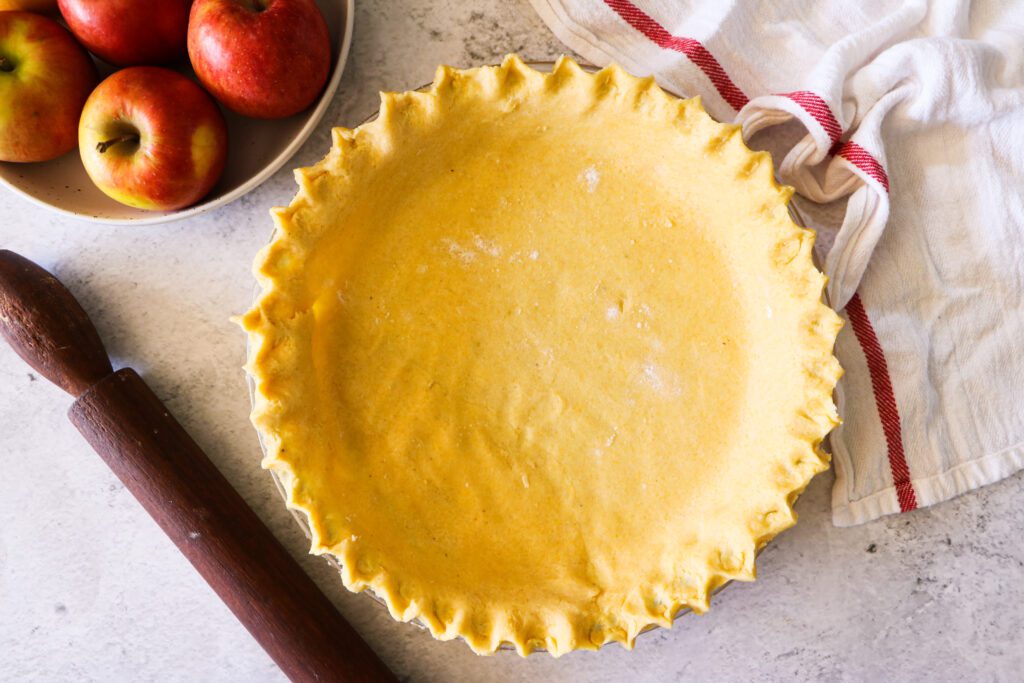
Corn Flour vs Cornstarch
A guide to their differences, similarities, and best recipe uses
Nowadays, there is an abundance of milled corn products out there. From grits to polenta, corn meal to corn flour, these ingredients can add delightful taste and color to cooking and baking projects – specifically in gluten free dishes. In our past blog post Polenta, Grits, and Flour, oh My! we took a closer look at some of these top corn products and explained their differences and best uses. Two ingredients however, we only touched on that still raise some questions are corn flour and cornstarch. Both are made from finely ground corn, have a very similar appearance, and can both be used in cooking and baking. Sounds like they can be used interchangeably – right? To make things even more confusing, in some countries, such as the UK, cornstarch is called corn flour, and corn flour is referred to as corn meal. So, with all these similarities are corn flour and cornstarch basically the same thing? Unfortunately, the answer is no and in fact the two products differ in their nutrient profiles, flavors and uses. If you’ve ever wondered what the differences are between corn flour and cornstarch keep reading to learn more on how to distinguish the two and the best uses for both.
Corn flour

As we’ve already mentioned, corn flour is a very finely ground corn product, finer than corn meal or grits. Corn flour is created by grinding the entire dried corn kernel including the starch, fiber, protein, and even the vitamins and minerals found in the whole corn. Like all flours, corn flour is often combined with a binder, like eggs, to provide structure to baked goods and other food. Like corn, corn flour typically takes on an earthy sweet taste that can enhance the flavors of your favorite recipes such as our golden pie dough, beer batter, and gluten-free pancakes & waffles. Orange Corn additionally adds a nutty, buttery element to these and any other dish that may call for corn flour. It can also be used as a gluten-free substitute to wheat or regular flour, however since corn flour does not contain gluten – the main protein that adds elasticity and strength to baked goods – it may result in a denser, more crumbly result. Corn flour can also be used in some cases as a thickening agent but tends to work best in soups and sauces that are fat based, such as those made with milk, cream, or butter.
Cornstarch

Like corn flour, cornstarch is also made from finely ground corn, however it is more refined than corn flour and made by removing the protein and fiber of the kernel, leaving only the starchy center known as the endosperm. Because it does not contain the whole kernel, cornstarch is also typically much finer. Unlike corn flour, cornstarch is mostly flavorless and is primarily used to thicken dishes and add texture to breaded foods. Since cornstarch does not contain any protein or fat, it cannot be used as a substitute for flour in baking but can be added to flour to soften some of the proteins of the flour and create a lighter, chewier baked good.
Selecting the Best Ingredient for Your Dish

While corn flour and cornstarch can both be used in similar situations, the bottom line is that they should not be used interchangeably. In some recipes, however, it can be hard to tell which product a recipe calls for. One source of confusion is obviously the products having similar names in some countries and different in other countries, so it is very important to first try to determine which country the recipe originated from if you are unsure which ingredient to use. Another way to decide on the right product is to look at how the ingredients are incorporated. If the recipe calls for flour, not a sauce thickener, then most likely corn flour is the best choice. If the recipe uses the ingredient to thicken a soup or sauce, it is most likely calling for cornstarch.
Selecting the right ingredient for your recipe is unfortunately not always straightforward, but we hope this brief breakdown has cleared up some confusion and provided a basic guide on selecting the right product for the dish. Now the next time you have a recipe that calls for corn flour or cornstarch you’ll know which product to choose!
Ready to start cooking?

Now that you understand the differences between corn flour and cornstarch, check out Professor Torbert’s Orange Corn library for some corn flour cooking inspiration! Chockfull of ideas, our recipe collection includes everything from sweet desserts to savory breading and fry batters that enhance the buttery flavor and beautiful golden color of Professor Torbert’s Orange Corn flour.
Both delicious and nutritious, when selecting Professor Torbert’s Orange Corn Flour you’ll reap the benefits of increased levels of carotenoids from Orange Corn as well as adding delightful flavor to your next dish. Grab a bag today!
To learn more on corn flour and cornstarch check out these additional resources:
Cornstarch vs. Flour: How Do They Compare? – 2023 – MasterClass
What’s the Difference Between Corn Flour and Cornstarch? – Healthline
